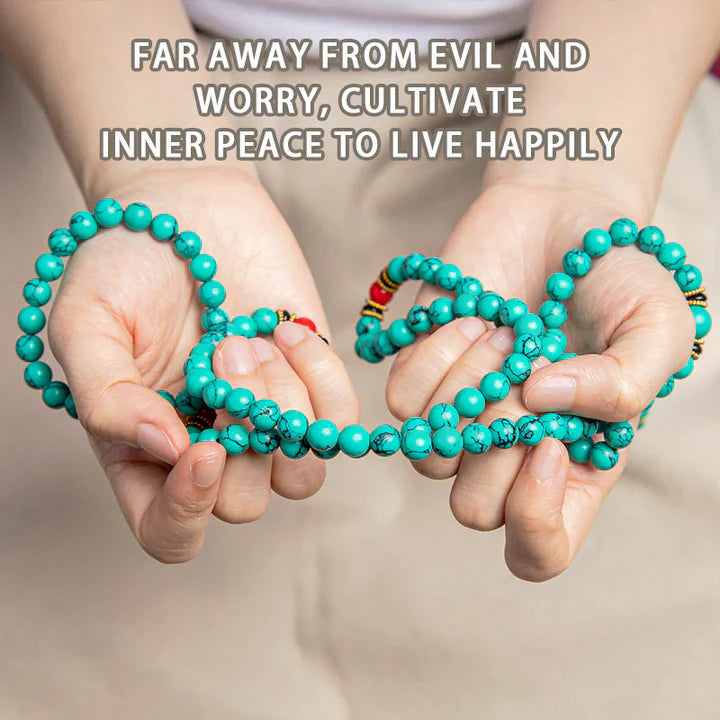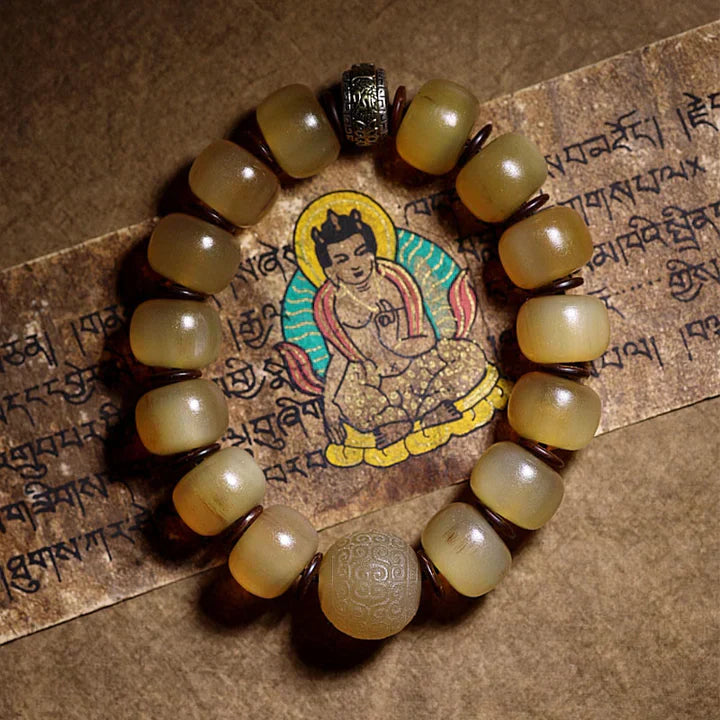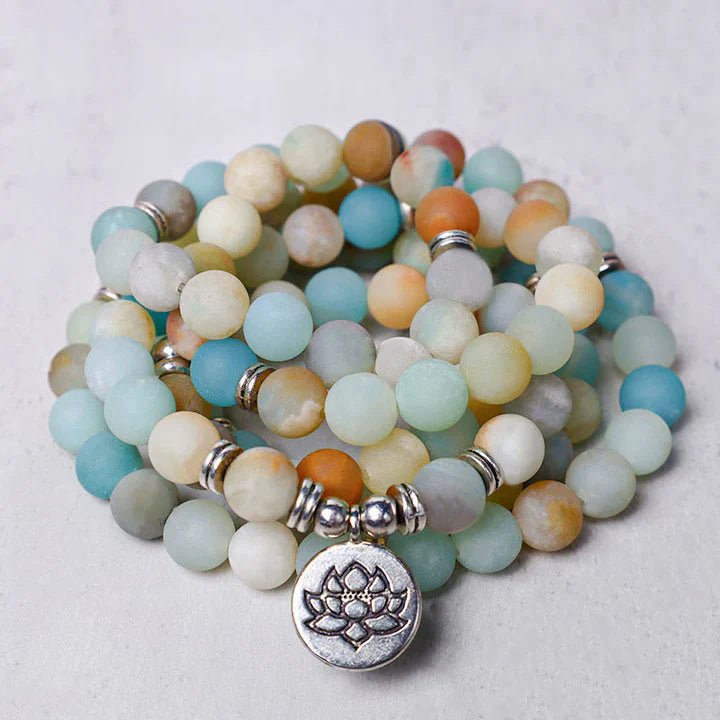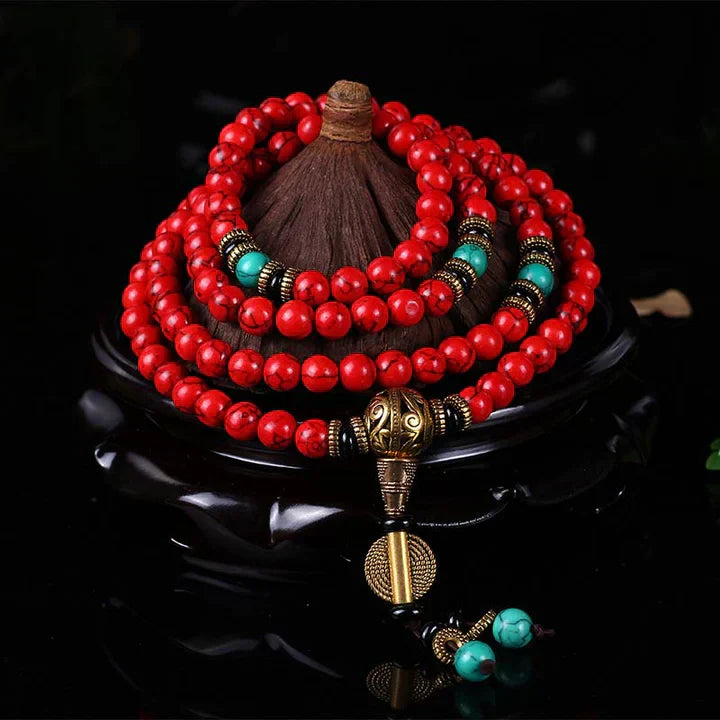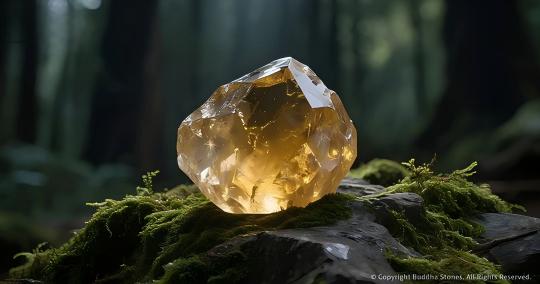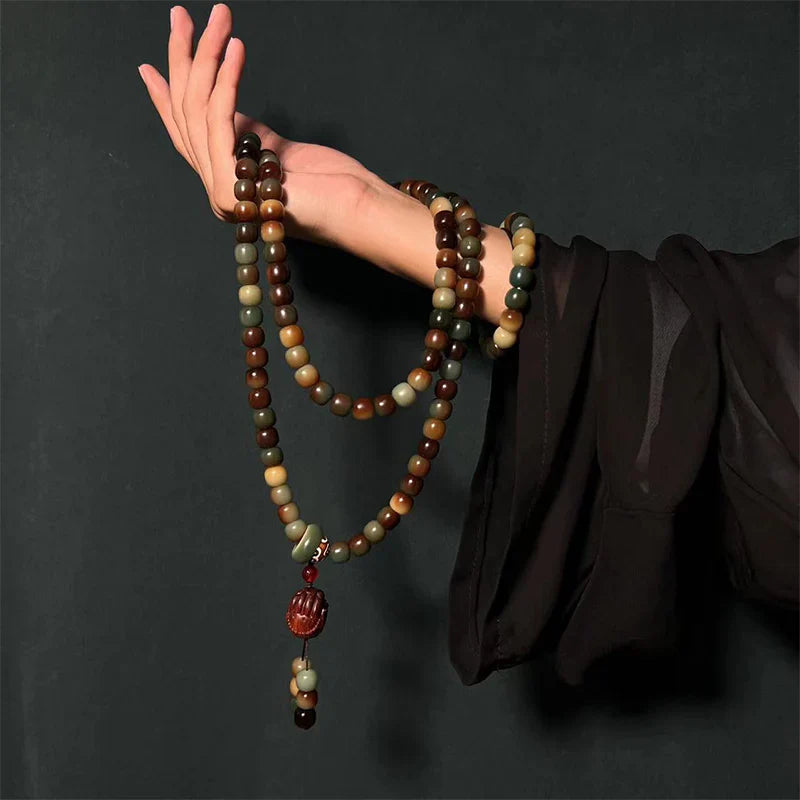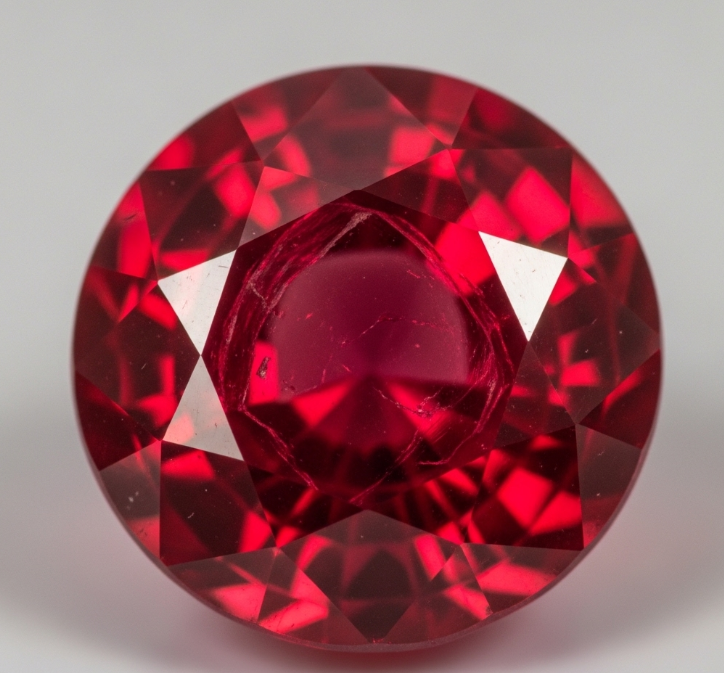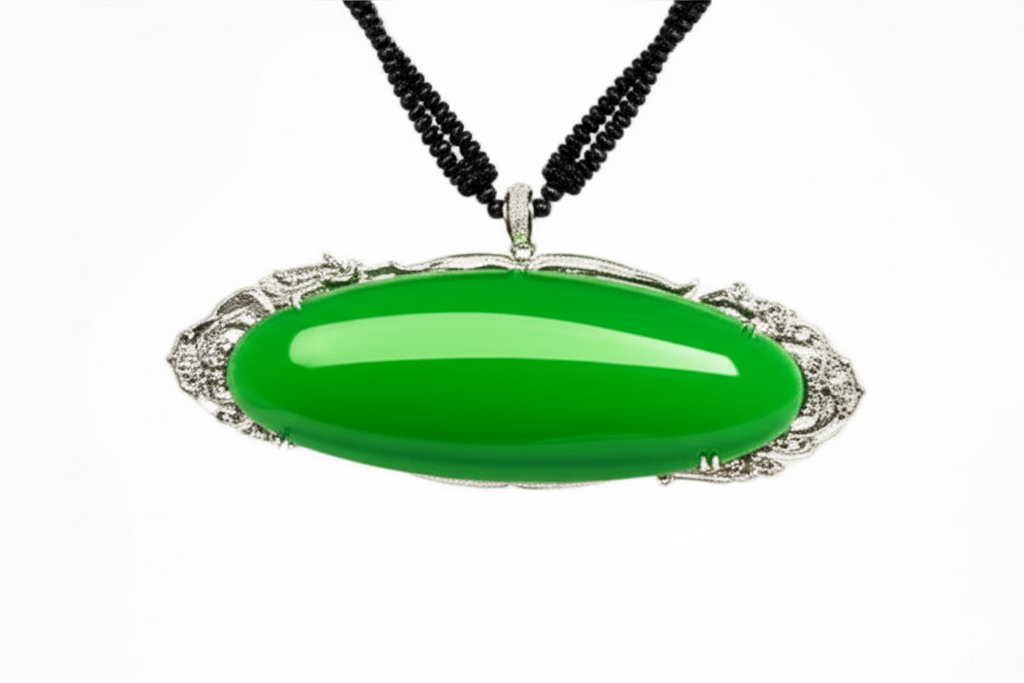
Jadeite: The Eastern Gem, The Stone of Warmth
Jadeite, often hailed as the "King of Jade," holds a paramount position in the Eastern world, particularly within Chinese culture, owing to its unique warm luster, rich spectrum of colors, and profound cultural significance. It's more than just a gemstone; it embodies auspiciousness, peace, wealth, and beauty. Today, let's step into the world of jadeite and explore the distinct charm of this Eastern treasure.
The Allure of Jadeite: Warmth and Color
The English name "Jadeite" comes from the Spanish "piedra de ijada," meaning "loin stone," as early Spaniards believed it could treat kidney ailments. However, for people in the East, jadeite's appeal goes far beyond medicinal properties.
Jadeite's most captivating qualities are its "warm" texture and its ever-changing array of colors. Its luster isn't the dazzling sparkle of a diamond, but rather a subtle, understated "glassy luster" or "greasy luster." It feels smooth and cool to the touch, and with prolonged wear, it becomes even more moist and lustrous—a phenomenon often described as "people nurturing jade, and jade nurturing people."
Jadeite's colors are incredibly diverse, primarily categorized as follows:
- Green: The most prized color, ranging from light green, apple green, and vibrant seedling green to Imperial Green. The more intense, even, and vibrant the green, the higher its value. Imperial Green, with its ultimate richness and purity, is the rarest and most precious.
- Purple (Lavender): Gentle and elegant, commonly known as "lavender" or "spring color" (referring to jadeite with both green and purple hues), exuding a romantic aura.
- Red (Fei): Colored by iron elements, often appearing as reddish-brown or orange-red, frequently found on the jadeite's skin.
- Yellow (Huang Fei): Also colored by iron elements, typically reddish-yellow or golden-yellow.
- White (White-base green, Ice Jade, Glass Jade): Pure and colorless, clear and translucent, forming the base color for high-quality jadeite.
- Black (Ink Jade): Appears black, but under strong light, it reveals a green hue.
The Value of Jadeite: Texture, Transparency, Color, Craftsmanship
The value of jadeite is generally assessed by four main criteria in the industry: "Zhong (Texture), Shui (Transparency), Se (Color), and Gong (Craftsmanship)."
-
Zhong (Texture): Refers to the jadeite's texture, the primary factor determining its value.
- Glass Jade: The finest texture, as transparent and pure as glass, representing the highest grade of jadeite.
- Ice Jade: Transparency is second only to glass jade, as clear as ice.
- Waxy Jade: The texture is between transparent and opaque, semi-transparent like cooked glutinous rice.
- Bean Jade: Crystal grains are coarser, and transparency is poor; it's a more common type of jadeite.
-
Shui (Transparency): Refers to the jadeite's transparency, also known as "water head." The better the "water head," the more translucent the jadeite, allowing light to penetrate more strongly, giving it a more spiritual appearance.
-
Se (Color): Refers to the jadeite's color. As mentioned, the more intense, vibrant, even, and pure the color, the higher its value. Green jadeite is best when it's "intense, bright, pure, and even."
-
Gong (Craftsmanship): Refers to the jadeite's carving artistry and design. Exquisite craftsmanship can impart higher artistic value and vitality to the jadeite.
How to Choose and Care for Jadeite?
When selecting jadeite, in addition to "Zhong, Shui, Se, and Gong," also pay attention to:
- Cracks and Blemishes: Avoid jadeite with obvious cracks and black spots, as these significantly reduce its value.
- Thickness and Shape: For the same texture, transparency, and color, thicker and fuller-shaped jadeite is more valuable.
- Certification: When purchasing high-value jadeite, always request a certificate from an authoritative appraisal institution to ensure it is natural A-grade jadeite.
Daily Care for Jadeite:
Although jadeite is hard, it still requires careful handling:
- Avoid Collision: Jadeite is fragile, so avoid collisions with hard objects to prevent cracks or damage.
- Keep Away from Chemicals: Avoid contact with acids, alkalis, oils, and other chemical substances, which can corrode the surface luster or damage its internal structure.
- Regular Cleaning: Gently wipe with clean water and a soft cloth to remove surface dust and dirt.
- Avoid High Temperatures: Jadeite should not be exposed to high temperatures for extended periods, as it can lead to dehydration and discoloration.
- Frequent Wearing: The body's oils and perspiration will nourish the jadeite, making it more lustrous over time.
Jadeite: Tradition and Innovation
In modern society, jadeite is not just a symbol of traditional culture; it also continuously integrates into fashion trends, radiating new vitality. From classic and elegant jade bracelets and pendants to modern and minimalist inlaid jewelry, jadeite, with its unique charm, serves as a bridge connecting the past and the future.
Whether for collection and investment, daily wear, or as a gift to loved ones, jadeite is a precious present that carries deep emotion and beautiful wishes. It not only beautifies life but also nourishes the soul, making it an Eastern treasure worth cherishing for a lifetime.
What is your story with jadeite? Share your insights in the comments below!
